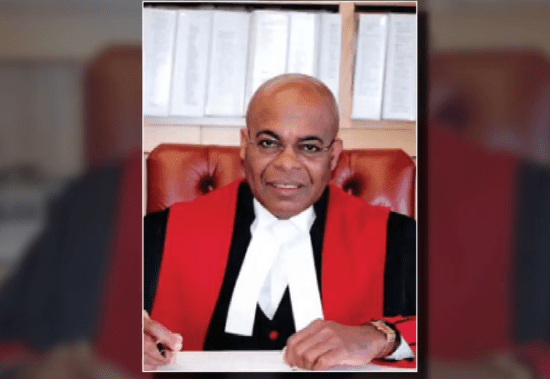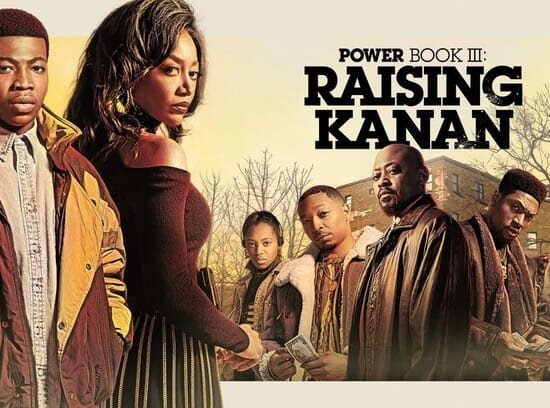
As wildfires continue to rage in British Columbia’s interior, one B.C. activist is questioning whether a common forestry practice is contributing to the wildfire threat.
Every year in British Columbia, tens of thousands of hectares of clear-cut land is sprayed with Glyphosate, the active ingredient in the herbicide known as Roundup.
The spraying, coupled with manual brush clearing on cut blocks, is done to prevent the growth of deciduous, or broadleaf, trees so that they don’t out-compete more valuable conifers, timber trees such as pine.

Under B.C.’s Forest Planning and Practices Regulation, non-conifer trees must be kept to less than five per cent of re-planted cut block.
“These are considered weeds that get in the way of the money trees, which are pine primarily, spruce and Douglas fir to a lesser extent in the interior,” said James Steidle, founder of Stop the Spray B.C.
“The end goal of all of these strategies is to grow a high density pine plantation that in the interior of B.C. is the most flammable forest type we could probably grow.”
Steidle believes climate change, not forestry practices, is the driving force behind the explosive growth of today’s wildfires.
But he said intentionally killing off more fire-resistant broadleaf trees eliminates natural firebreaks and allows wildfires to get bigger, hotter and faster.
“It’s not the fundamental threat we are facing, but its definitely not helping us get out of the problem. The way I look at it, letting every single stick of fire-resistant deciduous grow is a solution,” he said.
“Lets get these trees growing that are very hard to light on fire, lets stop prioritizing the trees that are the easiest tree to light on fire.”
According to a government-commissioned review of Glyphosate use, about 11,000 hectares of Crown land were sprayed in 2018, down from a high of more than 40,000 hectares in 1989.
It also found that the proportion of harvested forest areas that were subject to vegetation control of all types dropped from from about 18 per cent to 14 per cent between 2008 and 2018.
UBC professor of forest ecology Lori Daniels said that while broadleaf trees have historically been viewed as competitors with a negative effect on the growth of economically-valuable conifers, the science and the thinking around them is evolving.
Letting broadleaf trees grow amid conifers in mixed forest may create create resilience to drought, insects, disease and wildfire.
It may improve the economics of the forestry industry as well, she said.

“Letting those aspens come back on the landscape will enhance wildlife habitat, it actually contributes to nutrient dynamics in the soil, it creates shade and protection for those conifers,” she said.
“As we see warmer and drier and more extreme droughts in the summertime, a lot of the seedlings we are planting in regenerating forests are not surviving those hot dry conditions — having broadleaf trees generate some shade and replenish the soil with nutrients can actually benefit those conifer seedlings and improve the regeneration of those forests.”
B.C.’s Ministry of Forest did not directly respond to questions about whether it had research into links between Glyphosate spraying and wildfires.
In a statement, it said that herbicide use in the forestry sector has “declined by 90 per cent across the province” since the 1990s as the industry uses a variety of other methods including manual, mechanical, biological and prescribed burning treatments to manage “competing vegetation.”
It added that Health Canada, regulates herbicides in Canada, has determined Glyphosate is safe and not flammable when used according to safety standards.
© 2023 Global News, a division of Corus Entertainment Inc.
















